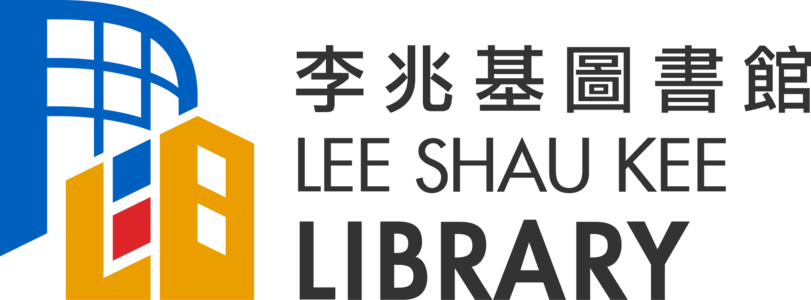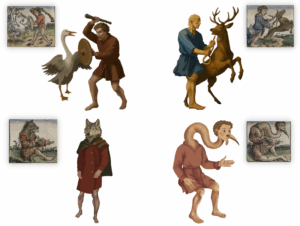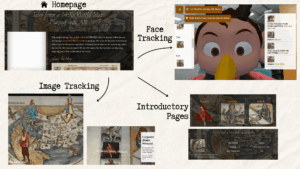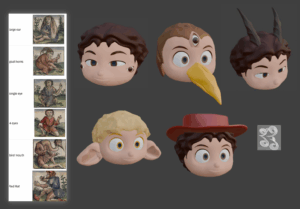Working with four fellow student developers and library staff to bring an antique map to life through Augmented Reality (AR) was an immensely rewarding learning experience. I had the privilege of contributing to various aspects of the project, from developing a prototype of the Face Decoration Page to preparing descriptive texts for the characters featured on the map.
Face Decoration Page
My first task was to create a webpage that allows users to virtually “cosplay” different characters from the map by overlaying their distinctive facial features. We hoped this interactive approach would help users form a more personal connection with the map, which might otherwise feel distant from our daily lives.
Initially, I utilized the FaceMesh function from the MindAR and three.js libraries to replace the user’s face with that of a selected character. While the code works, the result was less than ideal: the FaceMesh could not render users’ facial expressions in real time as we hoped. To improve the experience, I explored and found a better alternative: use a 3D avatar head with incorporated blendshapes. This approach yielded a much more lifelike effect, and we ultimately chose to pursue it for the Face Decoration Page.
As a life science student, this was my first time to work on designing, developing, and deploying a webpage. There has been quite a steep learning curve in grasping the essentials of web development, such as HTML, CSS, and JavaScript, along with the relevant libraries for creating AR effects at the beginning of the project. However, it was incredibly satisfying to see my code come to life after all the hard work and trial and error!
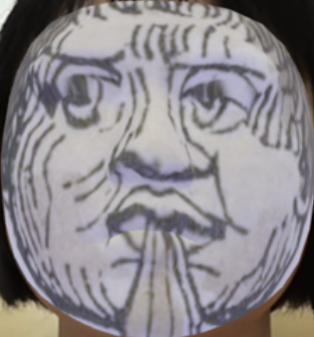
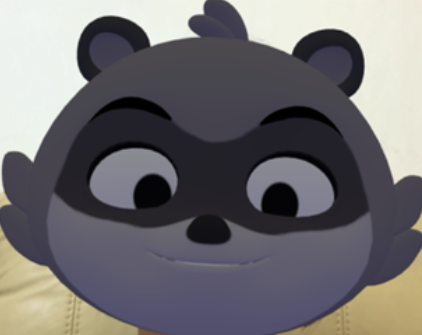
Map Character Descriptions
I was also involved in preparing the text descriptions for the various map characters featured on the project website, including Noah’s three sons, the twelve wind-blowing heads, and the twenty-one mythological creatures. The process of researching and translating the English text into Chinese required extensive reading and cross-referencing with classics such as the Bible, “Natural History” by Pliny the Elder, and the “Nuremberg Chronicle” (which is where the antique map originates!).
I thoroughly enjoyed exploring the stories behind these characters and found them fascinating. This process significantly expanded my knowledge of the ancient world, particularly in Greek and Roman mythology. Gaining a deeper understanding of the characters and the map also allowed me to appreciate how people in the 15th century viewed and understood their world, which was a blend of Ptolemaic geography, theological narratives, and mythological accounts. Noah’s three sons each inherited one of the three known continents at the time, accompanied by the twelve wind directions from Greco-Roman tradition, while the mythological creatures, many arising from fables and medieval travellers’ tales, inhabited different parts of the world.
Academic Skills
Another key takeaway for me was improving my scholarly practices, particularly in referencing. While I was already familiar with citing journal articles from my studies, this project required me to work with more complex sources, such as antique books and biblical texts. These types of sources can be challenging to cite automatically, even with reference management software. Throughout this process, I learned how to properly cite these materials. Additionally, when translating texts into Chinese, I also gained experience in correctly formatting citations in Chinese, which further enhanced my academic writing skills.



